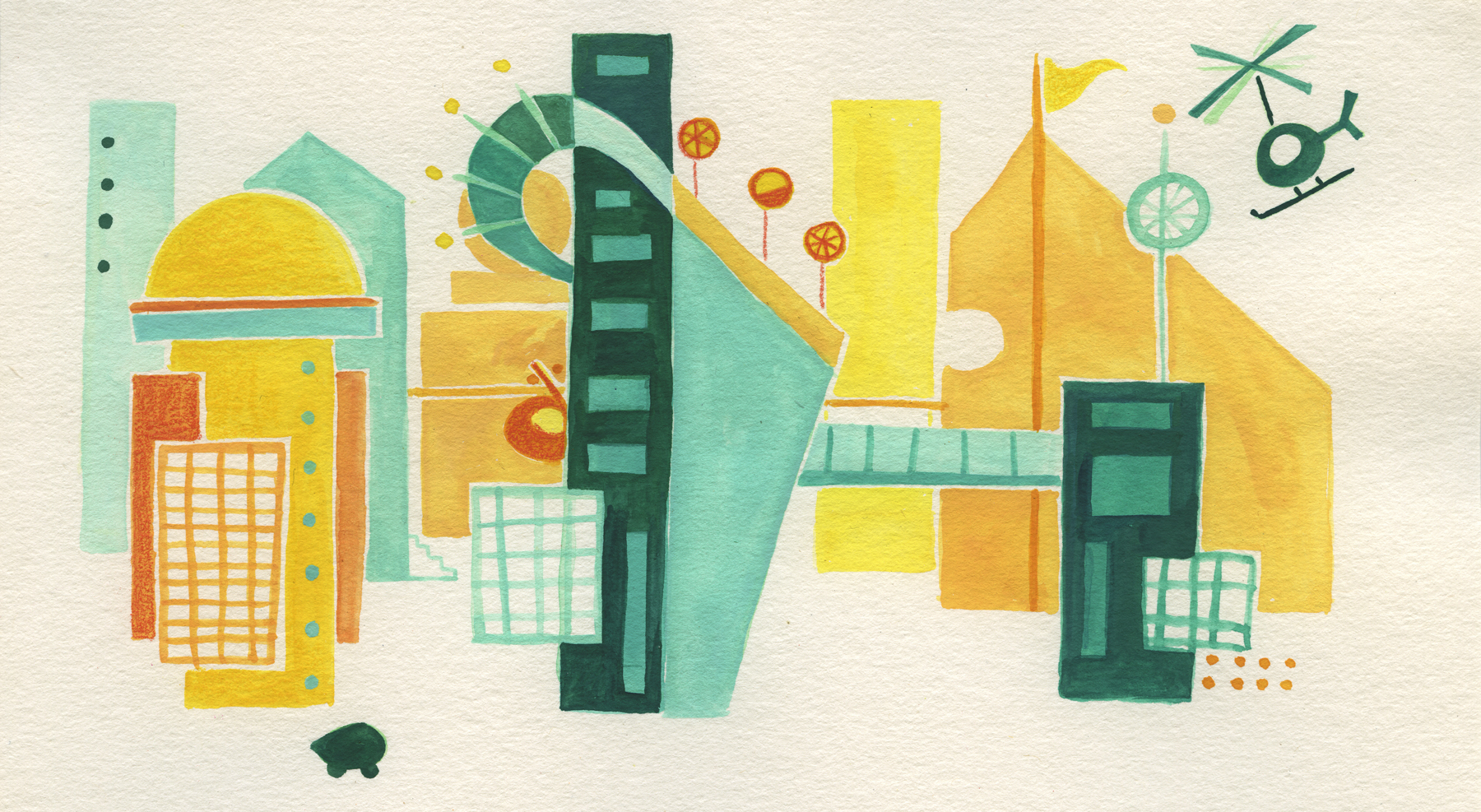Search results
Create the page "Architecture" on this wiki! See also the search results found.
- ==[http://www.flickr.com/groups/informationarchitecture/ Information Architecture]== Information Architecture (often abbreviated "I.A.") is the practice of structuring knowledge or data7 KB (991 words) - 18:19, 4 June 2011
- *[[Panic Architecture]]3 KB (419 words) - 00:33, 19 December 2011
- ...an architecture inflences how people move, and people affect how a digital architecture is created. we're dealing with soft architectures online that can be more e ...ed architecture of our time is clearly giving rise to a quest for a haptic architecture". (Translation - We see most things now (computer monitors, ect) - we don't40 KB (6,616 words) - 03:54, 21 September 2010
- ===[http://www.iab.org/ Internet Architecture Board]===25 KB (3,731 words) - 02:19, 21 January 2011
- ...illing, and any other redundant experience that might dull [[Participation Architecture|participation culture]]. Automation also helps to make Impossible Feasts mo610 B (87 words) - 22:57, 2 July 2011

File:Architecture-fiction-Maggie-Nichols.jpg [[Architecture Fiction]] by [http://simplykumquat.com Maggie Nichols]. All rights reserved(1,800 × 987 (1.67 MB)) - 17:23, 25 September 2011- ...s and more voluntary contribution. Facebook is an example of a stimulating architecture that uses Stigmergy to increase worker involvement. For most, Facebook is a4 KB (560 words) - 04:08, 15 August 2012
- .... We’re so sick of having to be available for every impulse (see [[Panic Architecture]]) We used to look for information to solve a problem. It was slow. Now, In6 KB (979 words) - 23:51, 30 January 2011
- [[Category:Architecture]]2 KB (358 words) - 17:49, 27 April 2011
- ...tructed digital space architecture is decreased. In other words, a digital architecture whose psychological space creates personal anxiety in the user is less like4 KB (572 words) - 12:28, 21 November 2010
- ...of the architectural experience and to develop a new field of neuromorphic architecture, "brains for buildings". *Neuroscience applied to architecture1 KB (150 words) - 12:12, 21 November 2010
- ...and its cultural interactions. It has been defined by Anthony Dunne as the architecture of the physical interactivity between a device and a person.<ref>Ibid.</ref [[Category:Architecture]]3 KB (485 words) - 05:03, 9 December 2023
- ...inside and outside often change places. [[wiki|Wikis]] are a form of soft architecture because they are both structured and expandable. Every edit changes a Wiki,569 B (86 words) - 03:05, 6 November 2011
- ...witter less iconic and faster. With profiles compressed for easy flow. The architecture of the system provides for an asyncronistic, particulate, frictionless flow4 KB (596 words) - 21:54, 26 November 2010
- The iPhone is a piece of what we might call power architecture. Power commodity aesthetics. A persons external devices now allow them to m2 KB (222 words) - 23:11, 26 November 2010
- ...e (or complicating it). The iPhone is a piece of what we might call "power architecture". That is, it makes us more of a God than almost any other object. The iPho2 KB (361 words) - 08:24, 24 December 2010
- The hive-like architecture of Twitter allows information to flow very quickly. Increasingly, the danc1 KB (250 words) - 23:38, 26 November 2010
- ...s by fans through the digital technosocial interface of the social network architecture.2 KB (259 words) - 00:04, 27 November 2010
- ...with each advance in communication architecture. Twitter’s communication architecture is one of the leanest systems for information exchange. On it, consumers ca1 KB (201 words) - 00:05, 27 November 2010
- everything from hairstyles and architecture to artwork and religious2 KB (308 words) - 01:59, 26 April 2011